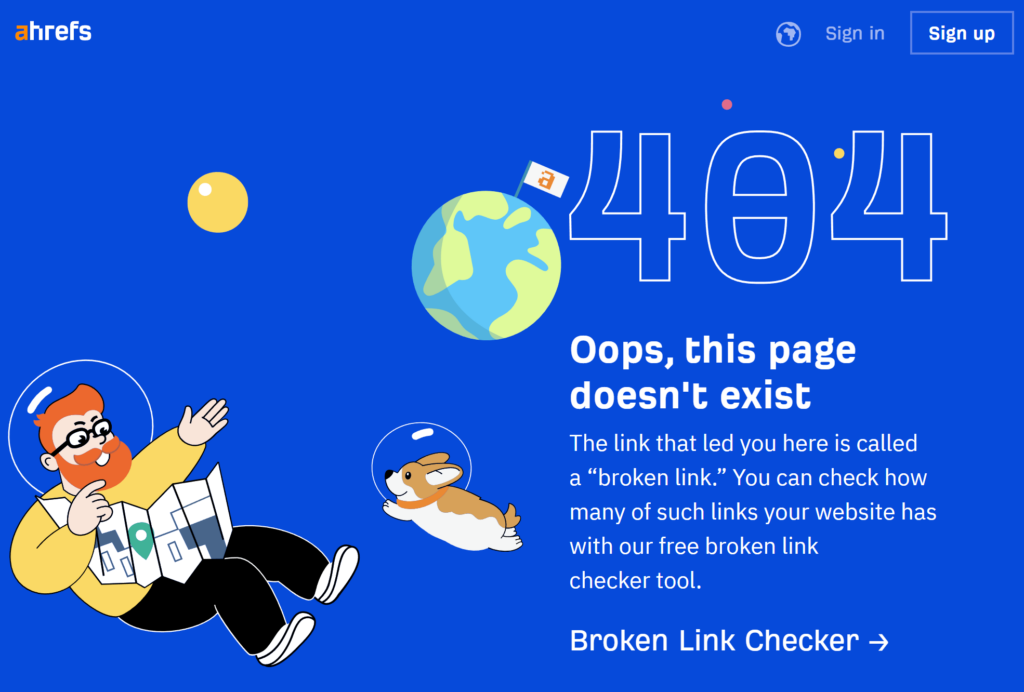SEO Best Practices Guide For External Linking
We’ve enjoyed working with hundreds of businesses, helping them elevate their online presence through our content marketing services. We’ve picked up some valuable insights and best practices that can benefit anyone looking to improve their SEO strategy. So, we thought, why not share the wealth?
In this guide, we’ll dive into the nitty-gritty of external links – what they are, why they matter, and how to use them effectively. Whether you’re a seasoned marketer or just getting started, we hope you find these tips and tricks as helpful as our clients do.
We’ve organized our recommendations into concise bullet points, making it easy for you to read and implement these best practices quickly.
Let’s get started!
First, What Exactly Are External Links?
External links are hyperlinks that point from one website to a different website. These links direct users from your site to another domain, providing additional resources, information, or references.
This guide provides an overview of best practices for linking to external sites from your website. It covers the strategic use of external links to enhance search engine optimization (SEO) and improve user engagement. By following these practices, you can ensure that your external linking strategy effectively supports your SEO goals while maintaining a high-quality user experience.
Importance of External Linking
- Credibility and Trustworthiness: Linking to authoritative sources enhances the credibility of our content. Users are more likely to trust information backed by reputable references, which can improve a site’s reputation and user trust
- User Experience: External links provide additional resources, offering users a more comprehensive understanding of a topic. This added value can enhance satisfaction and encourage repeat visits.
- SEO Benefits: Search engines consider external links to authoritative sites as indicators of high-quality content. This can positively impact search rankings and visibility.
When to Link to External Sites
- Supporting Evidence: Use external links to support claims, provide evidence, or offer additional reading. This strengthens the reliability of our content and provides users with valuable resources.
- Enhancing Content: Link to resources that offer insights or information not covered in our content. This can enrich the user experience and provide added value.
- Citing Original Sources: When quoting or referencing specific data, statistics, or research findings, it’s essential to link to the original source to provide context and credibility
- Avoid Overlinking: Excessive external links can distract users and reduce the perceived value of our content. Use external links sparingly to maintain focus and engagement. Aim to include only a few well-chosen external links per piece of content at most.
Types of External Links
- DoFollow Links: These links pass SEO value, or “link juice,” from your site to the linked site. They are the standard type of external link and can positively affect the search ranking of the linked site.
- NoFollow Links: These links include a rel=”nofollow” attribute, instructing search engines not to pass SEO value to the linked site. They are commonly used for paid links, comments, or untrusted content.
Where to Place External Links
- Contextual Relevance: Ensure links are placed within the context of relevant content. This helps search engines understand the relationship between your content and the external link.
- Avoid Placing Links “Above the Fold”: Avoid placing prominent external links above the fold to keep users engaged on your site. Links placed above the fold can distract users and lead them away before they explore your site fully.
- Place External Links At The End of Your Articles (Or in sections specifically designated for further reading): This approach ensures that users engage fully with your content before being directed elsewhere
- Prioritize Internal Links: Internal links direct users to related content within your site and should always be prioritized over external links. This helps retain users on your site for longer, enhances engagement, and reduces bounce rates.
How to Link to External Sites
- Anchor Text Optimization: Use descriptive and relevant anchor text for external links. Descriptive anchor text helps users and search engines understand the context of the linked page, enhancing both usability and SEO.
- Open in New Tab: Consider using target=”_blank” to open links in a new tab. This keeps users on your site longer by ensuring they don’t navigate away entirely when clicking on an external link.
- Sponsored & Affiliate Links: Remember, sponsored or affiliate links should have the rel=“sponsored” or rel=“nofollow” attributes. This tells Google the links aren’t meant to influence rankings.
Best Practices for External Linking
- Quality Over Quantity: Focus on linking to high-quality, authoritative sites rather than a large number of links. High-quality links enhance credibility and can positively impact SEO, while low-quality links can harm your site’s reputation and rankings.
- Balance Internal and External Links: Maintain a healthy balance of internal and external links. Internal links keep users engaged with your site, while external links provide additional resources and credibility. Overemphasis on external links can lead users away from your site, reducing engagement and increasing bounce rates.
- Use Standard HTML Links: Ensure your links use the standard <a> HTML tag. This is the most reliable way for search engines like Google to recognize and follow links.
- Regular Review and Updates: Periodically review and update external links to ensure they are still relevant and functioning. Broken or outdated links can negatively affect user experience and SEO performance.
Additional Resources:
SEMRUSH – What Is an External Link? + SEO Best Practices
GOOGLE DEVELOPERS – Link best practices for Google
HUBSPOT – External Linking Best Practices for SEO










